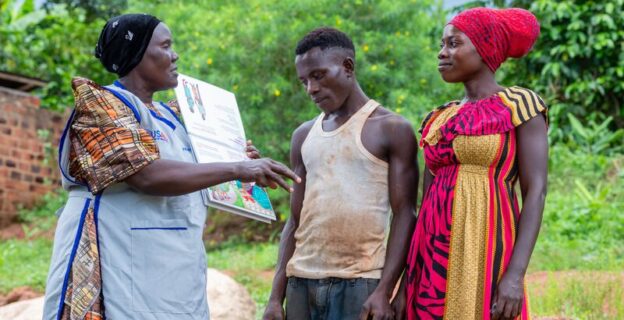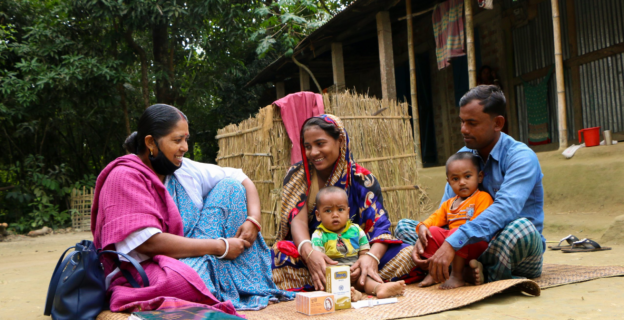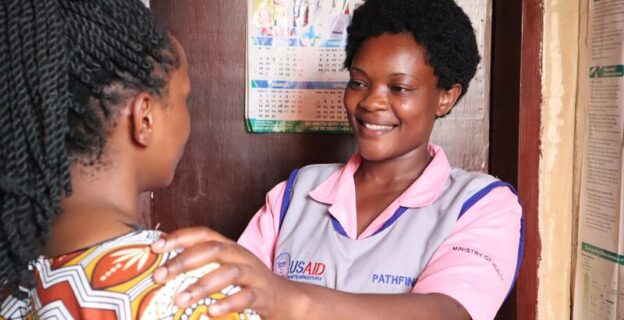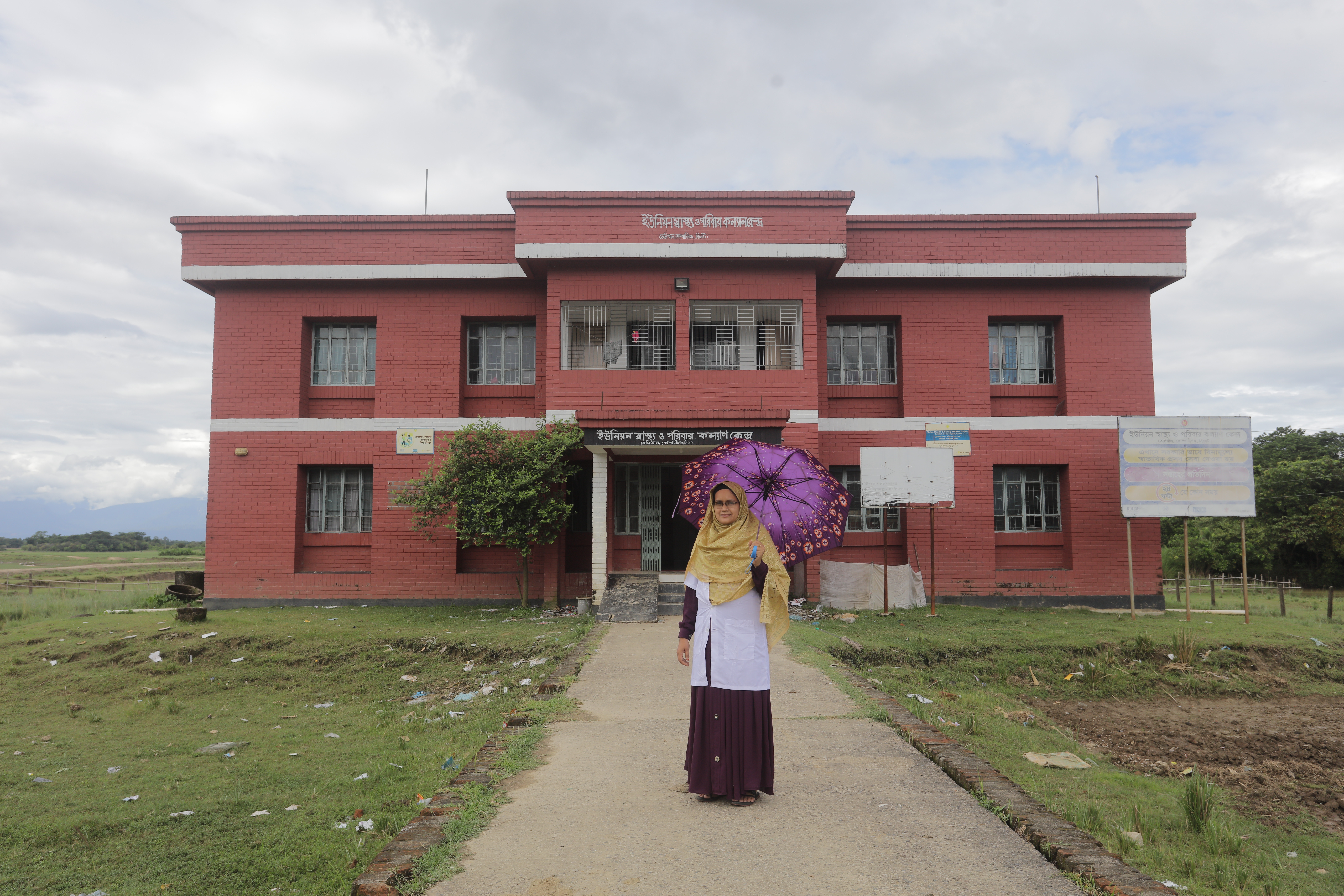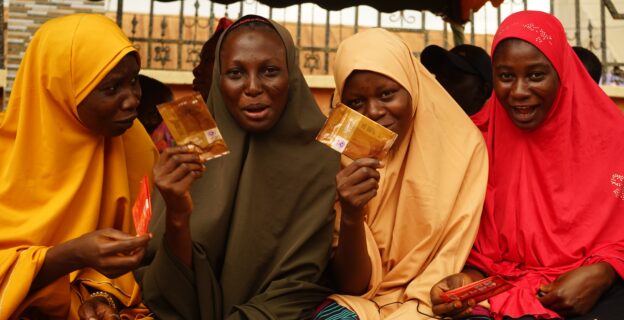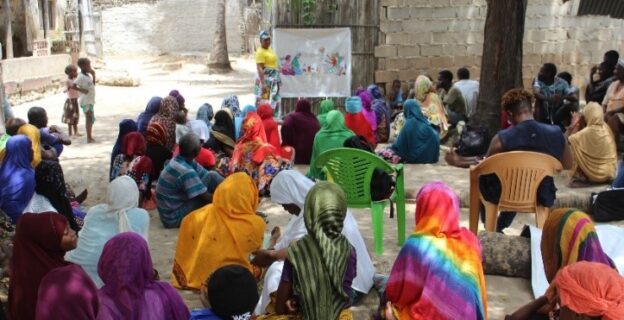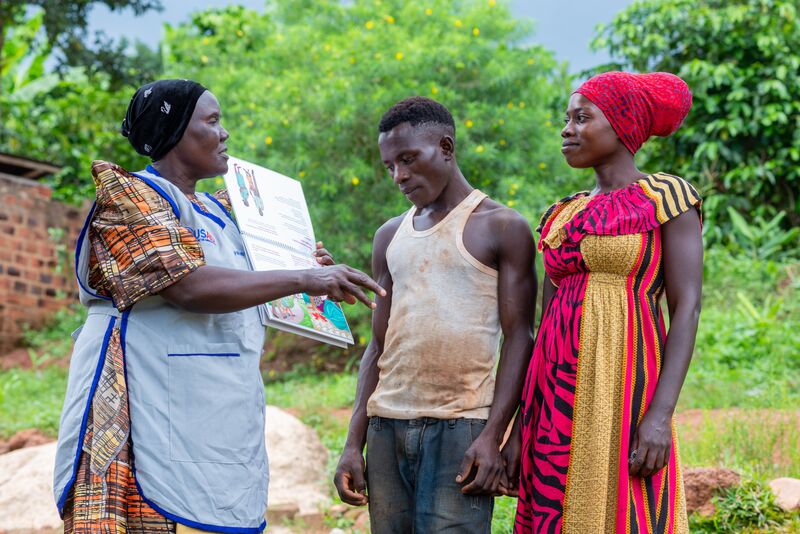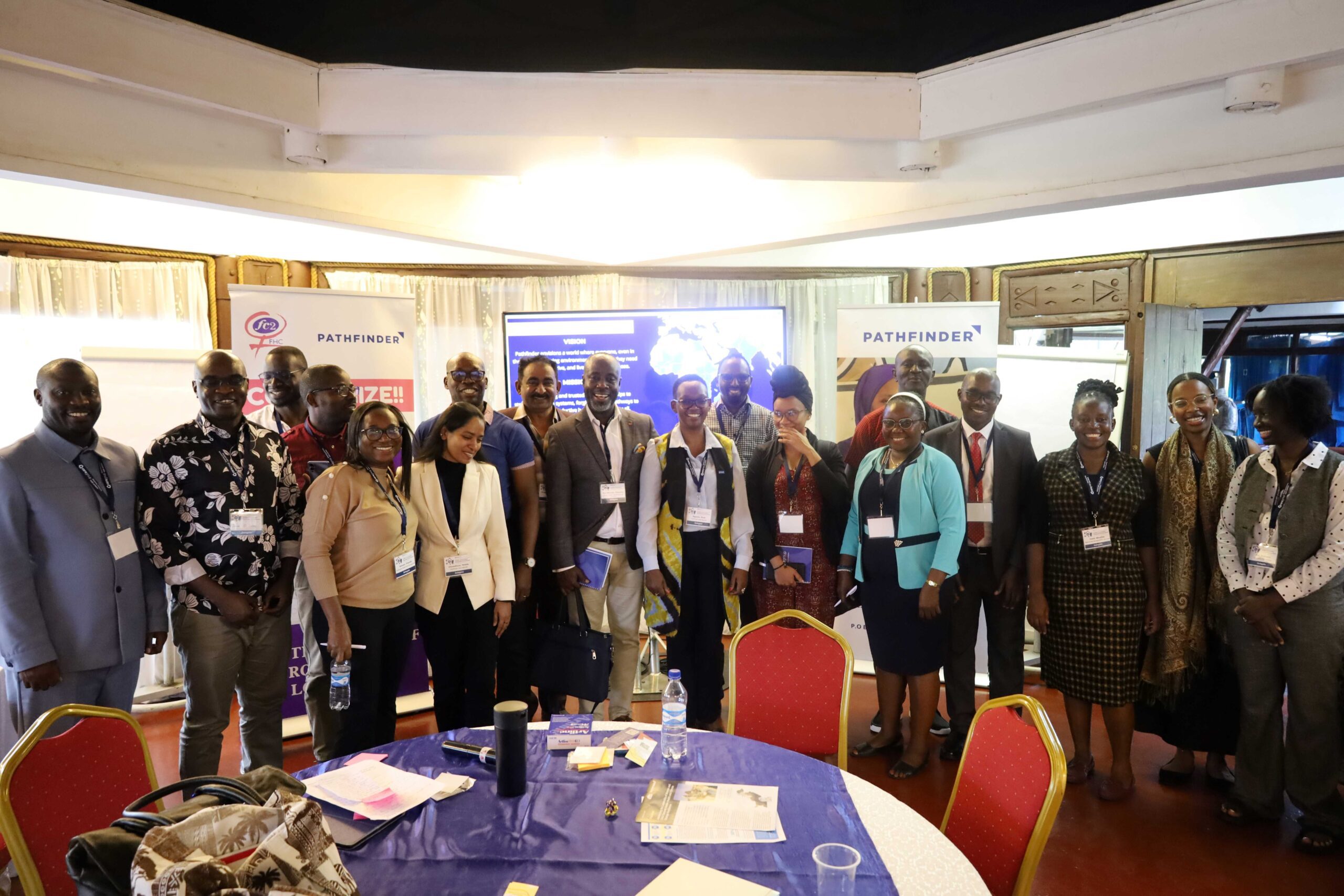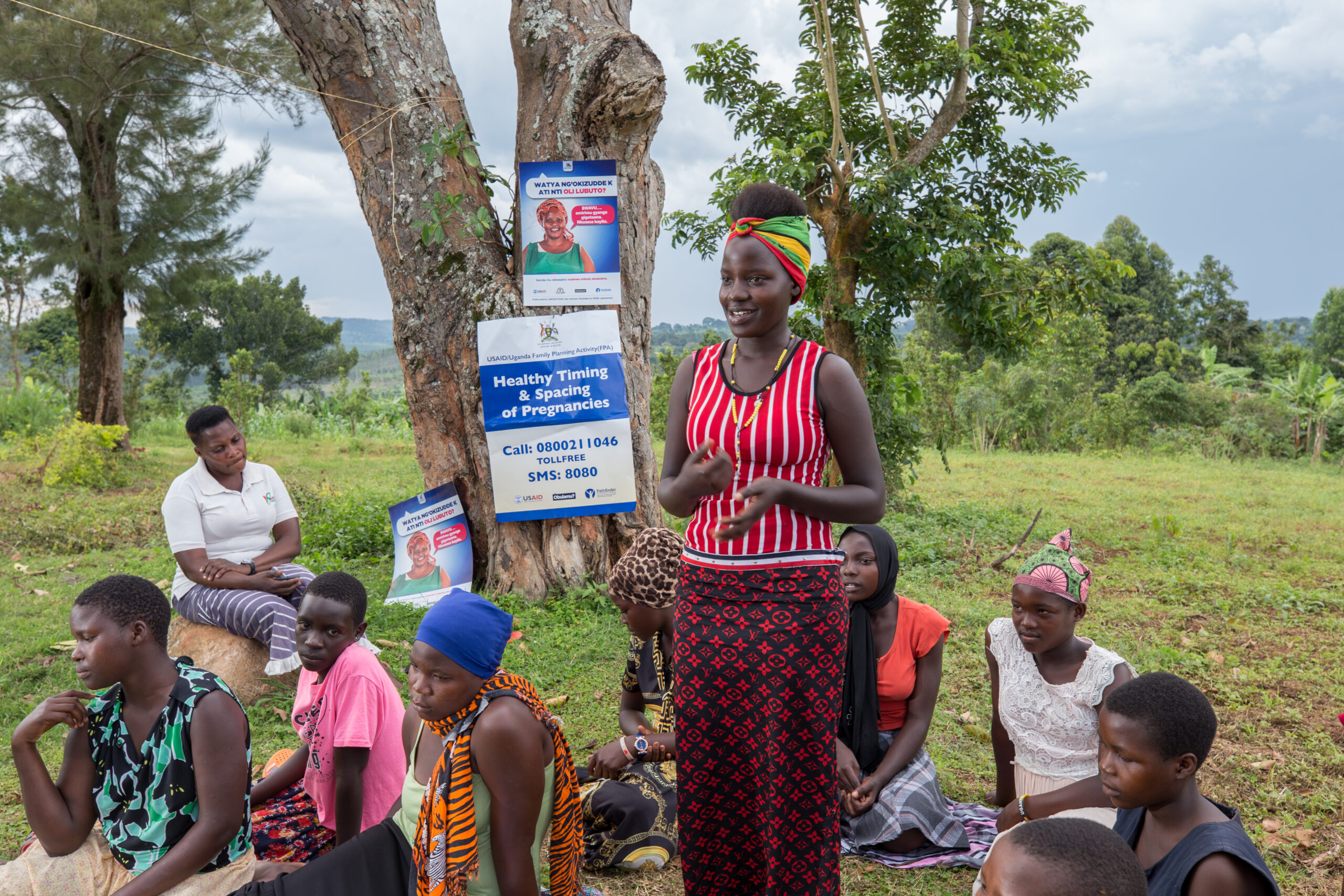Although much has been written about emergency contraception and its importance as a contraceptive option for women, much less information has been shown regarding its introduction and scale-up in different country contexts. Countries are therefore left with few resources from which to learn.
This report seeks to address this challenge and add to the existing literature on emergency contraception by illustrating ways in which governments, nongovernmental organizations, and the private sector have worked together and separately to introduce and scale up emergency contraception within their respective countries. The report includes a literature review which gives a comprehensive background on emergency contraception, and then examines the introduction and scale-up of emergency contraceptive pills in four geographically disparate countries: Mexico, Bangladesh, Kenya, and Senegal. Each country experience is analyzed using two frameworks – the International Consortium for Emergency Contraception’s 9 Steps and the World Health Organization’s Building Blocks for Health Systems Strengthening. Following the case studies, a further analysis compares and contrasts the various elements within each effort that led to successful introduction, and later, scale-up, and provides corresponding recommendations based on the analysis.

